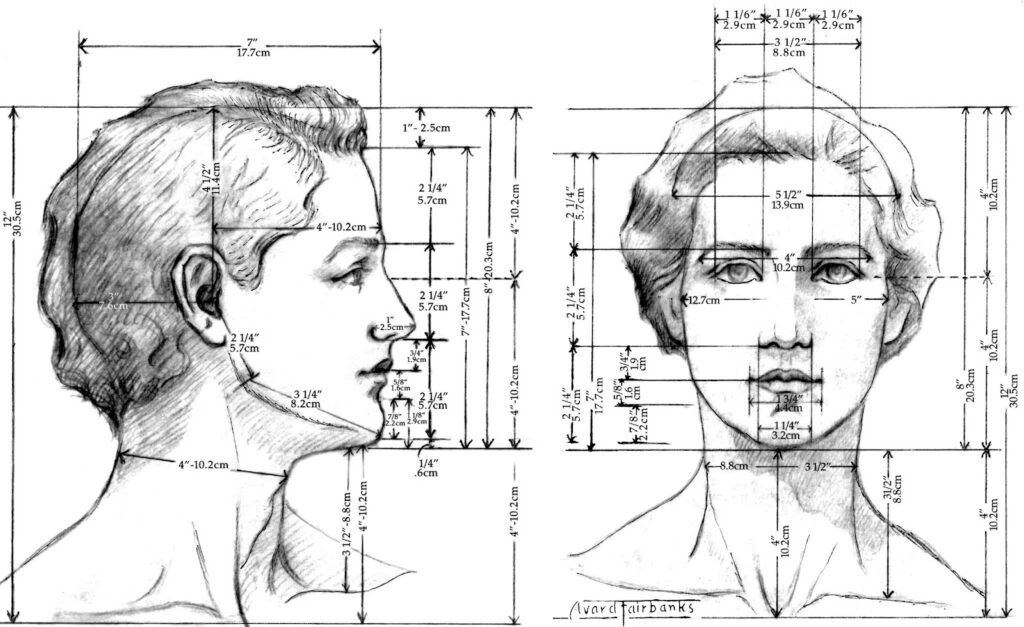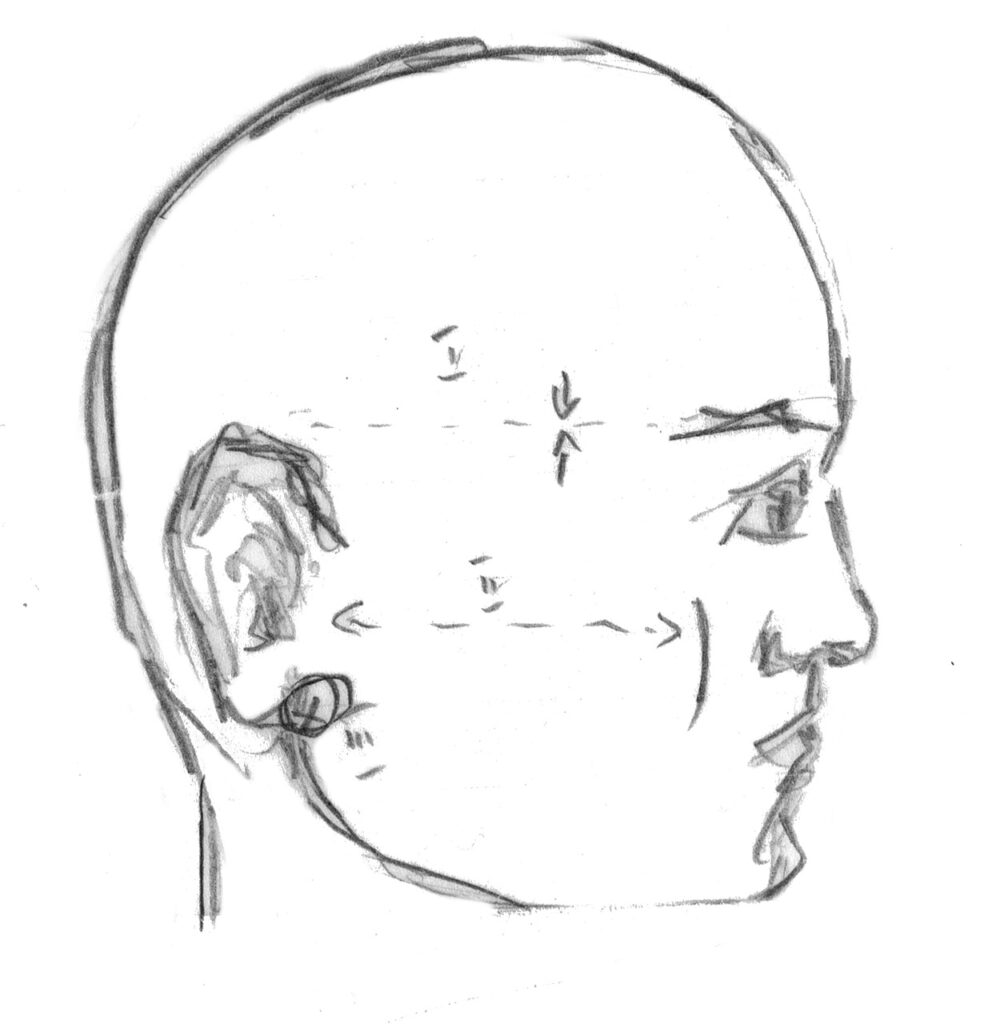Drawing heads can initially seem intimidating, but with the correct approach, it becomes accessible to anyone passionate about art. This guide is designed to help both beginners and those looking to refine their techniques confidently illustrate heads.
What is the Method for Drawing Heads?
The optimal method for illustrating heads often depends on personal preferences, artistic style, and comfort with various techniques:
- Grasping Basic Proportions: Before diving into detailed drawing, understanding the basic proportions is essential. Break down the head into simpler shapes – a circle for the skull and an oval for the jaw. Drawing a vertical line down the center of the face aids in creating symmetrical features;
- Studying Facial Features: Eyes, nose, mouth – these defining features bring sketches to life. Focus on each feature individually. Study their shapes, spacing, and proportions relative to the head’s structure. Experiment with different expressions to understand how subtle changes impact emotions;
- Mastering Light and Shadow: Proficiency in light and shadow plays a crucial role in adding depth and realism. Understand how light falls on the head from various angles. Practice shading techniques to create a three-dimensional illusion. Experiment with varying intensities to give your drawings depth and clarity;
- Adding Details and Individuality: Once you’ve mastered the basics, it’s time to add detail and individuality to your head drawings. Experiment with hairstyles, different angles, and facial expressions. This stage allows you to develop your style and give character to your work.
Like any other skill, practice is key. Allocate time for regular head sketching. Start with simple forms and gradually move to more complex ones. Embrace mistakes as they are an integral part of the learning process.

How Do You Draw an Easy Head?
Drawing a head for beginners involves simplifying forms and breaking the process into manageable steps. Here’s a straightforward method:
- Start with Basic Shapes: Begin by sketching a circle for the skull and an oval or egg shape underneath for the jaw;
- Add Guidelines: Draw a vertical line through the circle’s center to denote the face’s middle. Add a horizontal line just below the center for the eyes’ placement;
- Position Facial Features: Place the eyes on the horizontal line, ensuring equal spacing between them. Add the nose between the eyes and the mouth below the nose. Use basic shapes (circles, ovals) for these features;
- Define Jawline and Ears: Connect the jaw shape to the skull with smooth lines. For the ears, draw simple shapes on either side of the head, typically at eye level and down to the nose base;
- Refine and Detail: Add finer details to the eyes, nose, and mouth for more clarity. You can include simple lines for eyebrows and hints of ears by drawing their basic shapes;
- Shading and Textures (Optional): For added depth, lightly shade areas where shadows naturally fall, such as under the jawline, below the nose, and beneath the eyebrows;
- Regular Practice: Like any skill, drawing heads improves with practice. Start with basic shapes and gradually add more details as you become more comfortable.
Remember, this is a simplified method for drawing heads. Feel free to alter proportions and experiment with different styles as you gain confidence.

Practice regularly to improve your skills and develop your unique approach to drawing. You might also find step-by-step workshops on how to draw anime and how to draw a snake interesting.
Conclusion
Drawing heads may seem challenging at first, but with diligence and practice, it becomes an enjoyable and rewarding activity. Start with the basics, experiment, and most importantly, have fun expressing your creative potential through art!